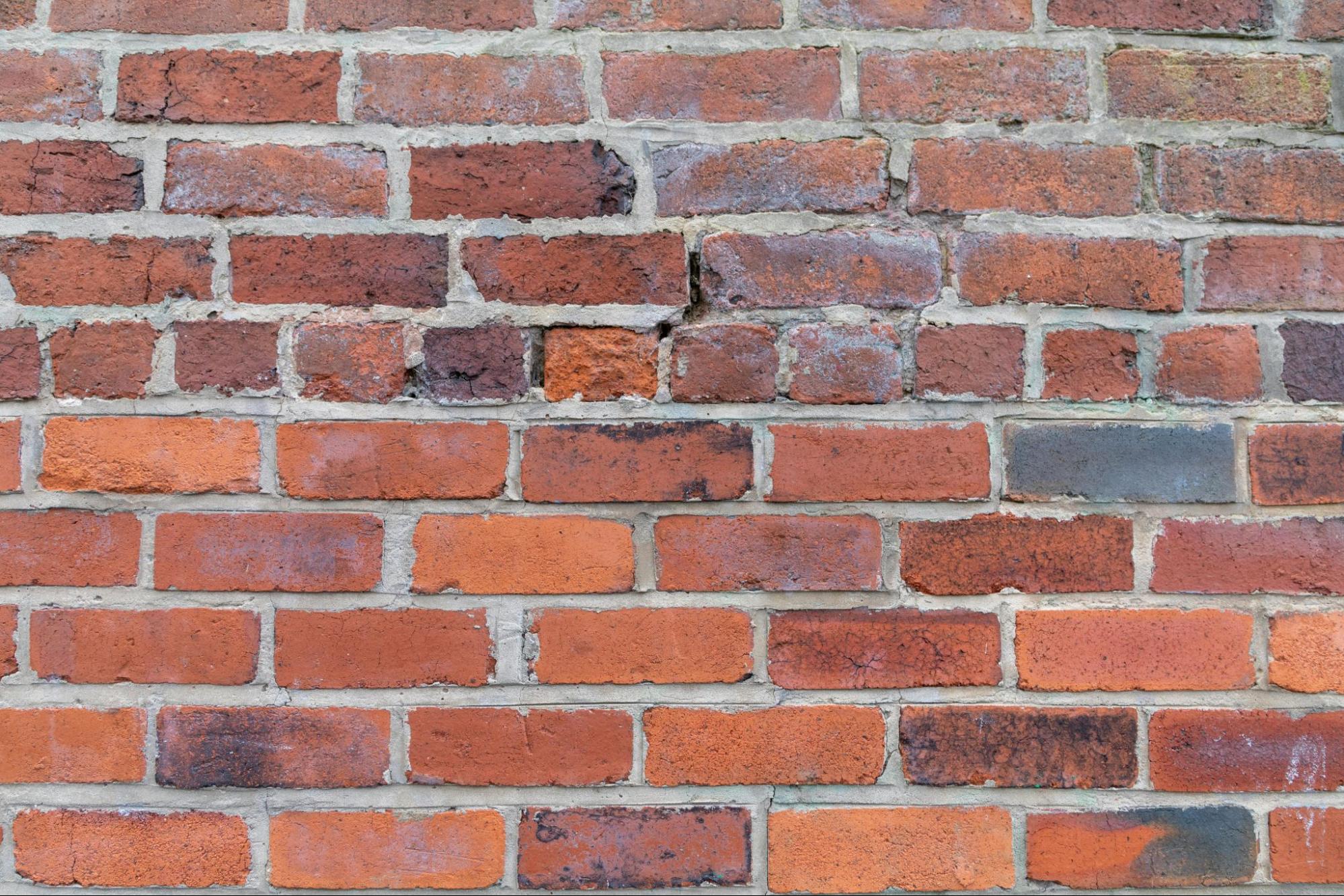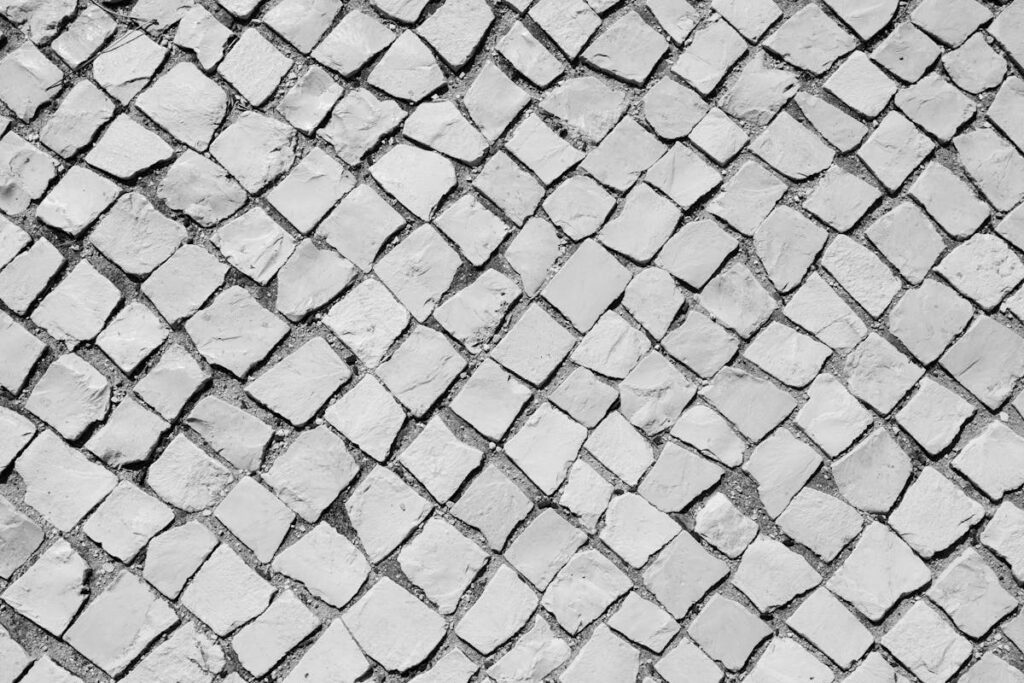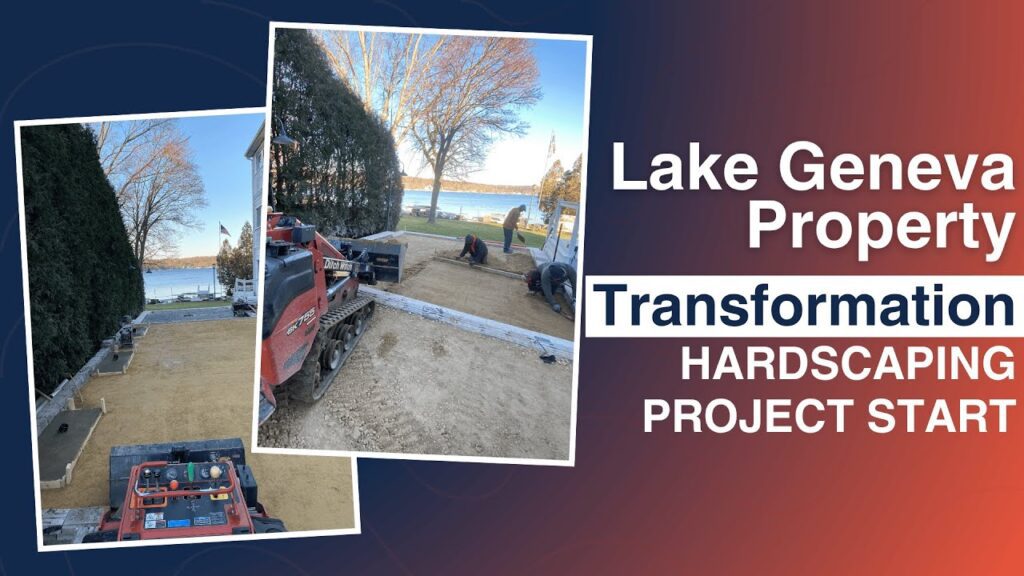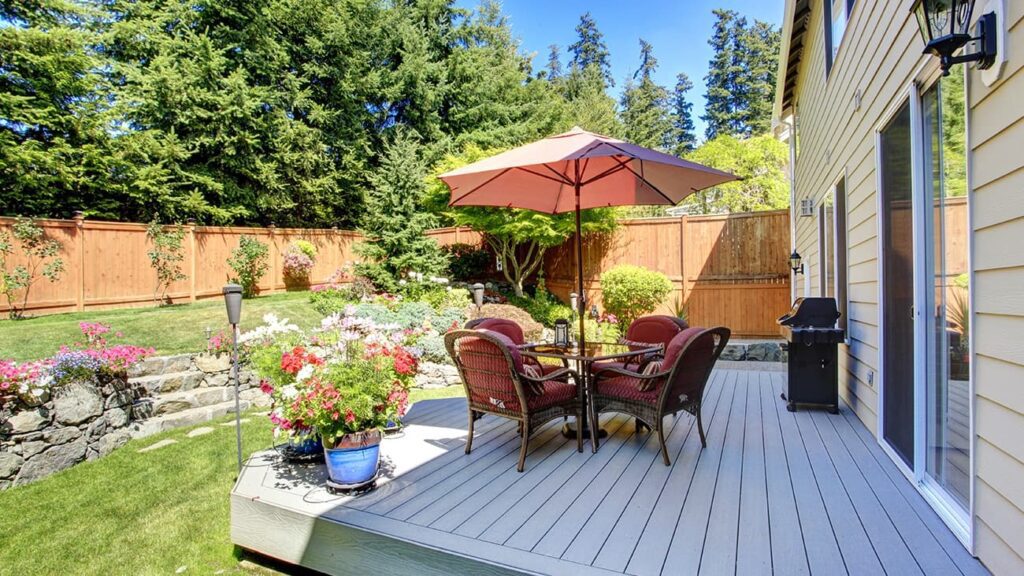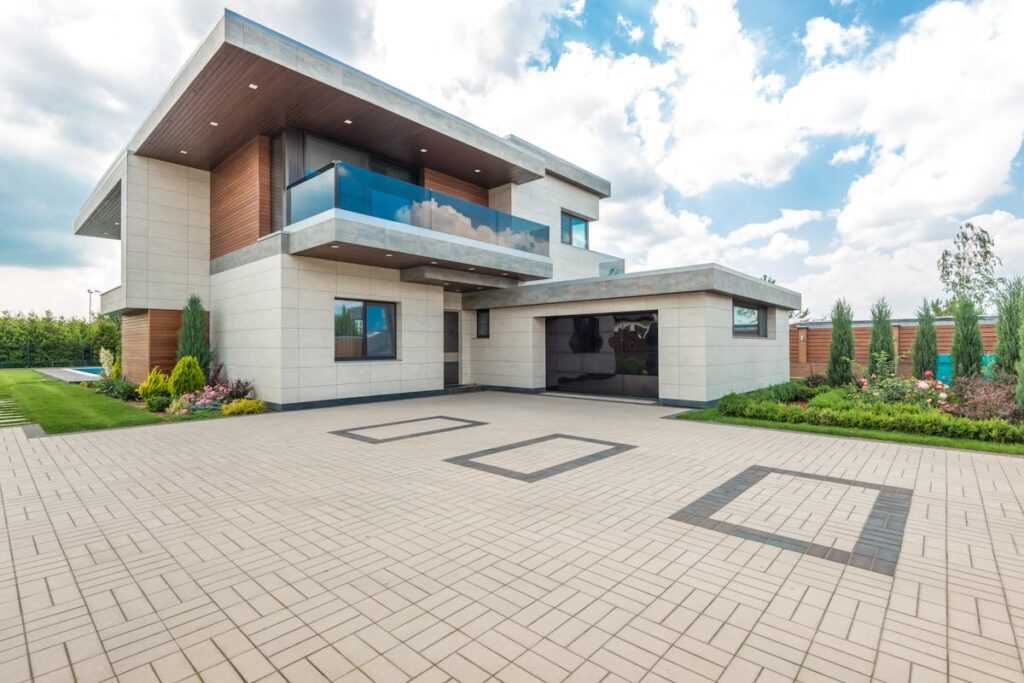Creating a driveway that looks stunning and stands the test of time is a goal for many homeowners. But what if you could achieve that while also solving common drainage problems? That’s where laying a permeable block paving driveway comes in. Not only is it eco-friendly, but it also helps prevent water runoff, minimizes flooding risks, and complies with sustainable urban drainage regulations (SuDS).
Let’s dive deep into how you can lay a permeable block paving driveway like a pro, from preparation to maintenance.
Why Choose a Permeable Block Paving Driveway?
Permeable paving isn’t just a buzzword; it’s a game-changer in modern landscaping. Instead of forcing water into storm drains (which are often overwhelmed during heavy rainfall), permeable pavers allow rainwater to seep through the joints and into the ground. This means:
- Less surface runoff
- Reduced flood risk
- Natural groundwater recharge
- Compliance with local building codes (in many areas)
It’s a perfect blend of function and form, especially for urban areas.
Materials You Need
Before laying your driveway, gather the right materials:
- Permeable block pavers (e.g., concrete or clay designed for water infiltration)
- Crushed stone or gravel (Type 1 or similar)
- Sharp sand or grit for bedding
- Permeable geotextile membrane to separate layers
- Jointing aggregate (fine gravel, typically 2-6mm)
- Tools: Plate compactor, spirit level, rake, shovel, mallet, string lines, tape measure, and block cutter
Optional but useful: wheelbarrow, edging kerbs, and drainage pipework if needed.
Step-by-Step Installation Process
1. Planning and Design
Start by checking local regulations. Some municipalities require permits for permeable surfaces. Then:
- Measure your driveway area.
- Factor in extra materials (5-10% for cuts and waste).
- Design your drainage slope – aim for a 1-2% gradient (about 1cm drop per meter).
- Mark out the shape using stakes and string lines.
2. Excavation
Dig to a depth of 250-300mm. This accommodates:
- 150-200mm of sub-base
- 50mm of bedding layer
- 50-80mm thick pavers
Clear out roots, debris, and soft soil. Compact the surface to ensure it’s stable.
3. Sub-Base Preparation
- Lay the geotextile membrane across the bottom of the trench. This keeps the layers separated and prevents soil mixing.
- Add crushed stone in layers (no more than 50mm at a time).
- Compact each layer thoroughly with a plate compactor.
- Maintain the slope to ensure proper water movement.
You can explore more detailed sub-base preparation techniques at Paving Expert.
4. Bedding Layer
- Spread 50mm of sharp sand or grit over the sub-base.
- Level it out with screed boards and compact lightly.
- This creates a smooth, even surface for your blocks.
5. Laying the Blocks
- Begin from a straight edge, like a wall or kerb.
- Use string lines to keep rows straight.
- Lay pavers close together using your chosen pattern (herringbone is strong and visually appealing).
- Use a rubber mallet to gently tap them in.
- Check levels frequently to avoid dips or bumps.
When you reach edges or obstacles, use a block cutter to make clean cuts.
6. Jointing
- Sweep fine jointing aggregate (2-6mm) into the gaps.
- Permeable blocks have slightly wider joints to help with drainage.
- Use the plate compactor over the whole area to settle the blocks and the joint material.
- Repeat sweeping and compacting until joints are filled.
Need help selecting the right jointing aggregate? Marshalls provides great guides and product options.
7. Finishing Touches
- Brush off loose stones.
- Install edge restraints (like concrete kerbs) if not already in place.
- Pour water over the surface to test drainage.
- Make any needed adjustments before final cleanup.
Maintenance Tips for Longevity
Permeable driveways are low-maintenance, but a little care goes a long way:
- Sweep regularly to prevent organic debris (like leaves or soil) from clogging joints.
- Top up jointing gravel every few years to maintain stability and permeability.
- Avoid sealants that block water penetration.
- Check for weed growth and remove them quickly.
- Use a pressure washer if joints clog with silt, but be gentle to avoid dislodging aggregate.
What If You Have Clay Soil?
Permeable systems work best in free-draining soils. If you have heavy clay, water may pool or drain slowly. Solutions include:
- Installing a soakaway (an underground chamber that holds and slowly releases water)
- Using drainage pipes beneath the base
- Hiring a pro to design a hybrid system
More about this can be found in this article from Landscape Institute.
Driveway for Light vs. Heavy Use
- Standard use (cars, small vans): 150-200mm sub-base is enough.
- Heavy-duty use (trucks, RVs): Increase sub-base to 200-250mm.
Edge restraints become more critical the heavier the expected traffic.
Final Thoughts
Laying a permeable block paving driveway is an investment in your property’s longevity and sustainability. It not only looks clean and polished but also actively reduces your home’s impact on the environment.
Whether you’re a DIY enthusiast or planning to hire a contractor, this guide equips you with the knowledge to get the job done right. Just remember: careful prep, good materials, and thoughtful design make all the difference.

